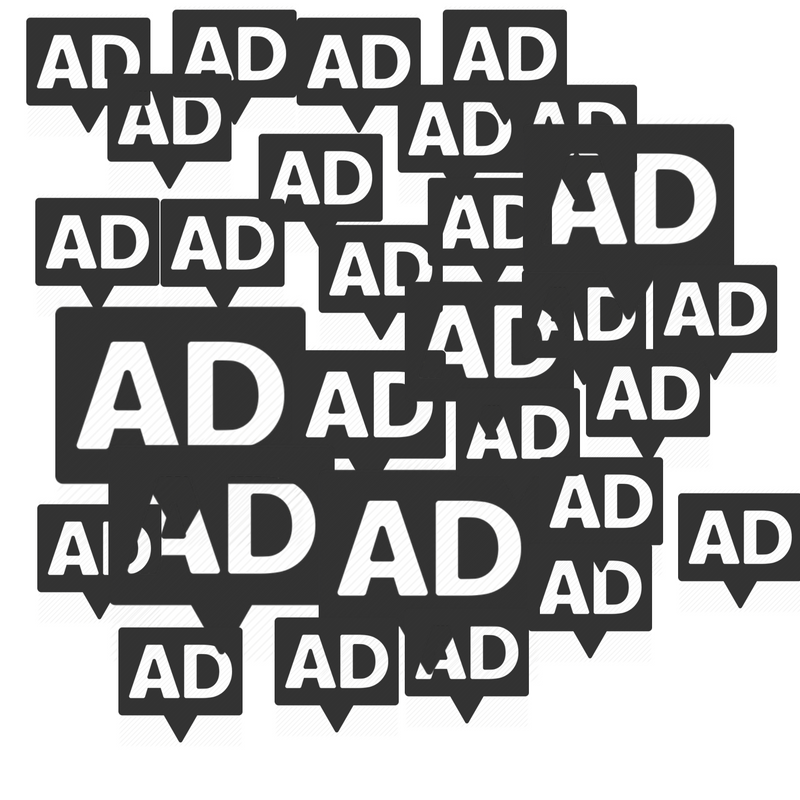Anyone who’s used the Internet in the last 20 years would notice the huge reliance the platform has for advertising. Industry juggernauts like Google and Facebook rely heavily on ads to turn a profit. Since the business is so lucrative, it’s not surprising that some would try to abuse the system. The pay-per-click or PPI variety of unethical advertising is becoming increasingly popular. There is an entire sub-industry of software for pushing unwanted ads, which is making a huge amount of money according to a recent study by New York University and Google.

The Common Practices in Adware
As Web advertisement evolved, it became increasingly intrusive and annoying. The internet runs on commercials; in videos, on blogs, on news sites, everywhere. Surfing the web has become so unbearable to some, that software like Ad-blocker Plus had to be invented. These browser apps are very useful for normal usage of the Internet. However, blocking ads doesn’t sit well with web marketing firms. They want to display those ads and get paid no matter what. This is where adware comes in. Adware is a type of software that’s designed to sneak more ads into the user’s computer. The most common approach of doing that is the browser hijacker. Though not technically an adware, it has the same functions as one – to increase the amount of displayed advertisements. The only difference is that hijackers need the user’s permission to be installed. They’re often sneaked into the Express install options of an install .exe. That is the essence of the pay-per-install shebang.
Structure of the Pay-Per-Install Business
It works like this: an advertiser contracts a firm to make PUPs (potentially unwanted programs) to attach to other programs. The name per-per-install comes from there; PUP ad devs get paid for every install users make. The most effective PPI method is to bundle the PUPs with a program that’s genuinely useful. That guarantees more installs. There are, of course, useless “crapware” that also includes ad PUPs. These programs often claim to improve the service of a site, often a torrent tracker, “cleanup tools”, or a download domain. Once installed, the PUPs swamp search engine and homepages with more ad heavy equivalents. The advertisers get their clicks, and the PUP developers get a share of the profit. It works out well for everyone. Except the user, of course.
How Much Is an Install Worth?
The New York University and Google report states “Our work presented the first deep dive into the business practices underpinning the commercial pay-per-install ecosystem that sells access to user systems for prices ranging from $0.10–$1.50 per install.“ They continue “In aggregate, the PPI ecosystem drove over 60 million weekly download attempts, with tens of million installs detected in the last year. “ That’s quite a lot of money considering the large amount of people affected by browser hijackers and other types of unethical advertising. The ever-increasing amount of ad-block users clearly shows that people have had enough of bad ads on the web. A large section of our site is dedicated to fighting browser hijackers; most users have a very strong dislike of this type of promotions. Sadly, the adware business is so lucrative, that it’s unlikely that “crapvertisers” are going to stop anytime soon.



